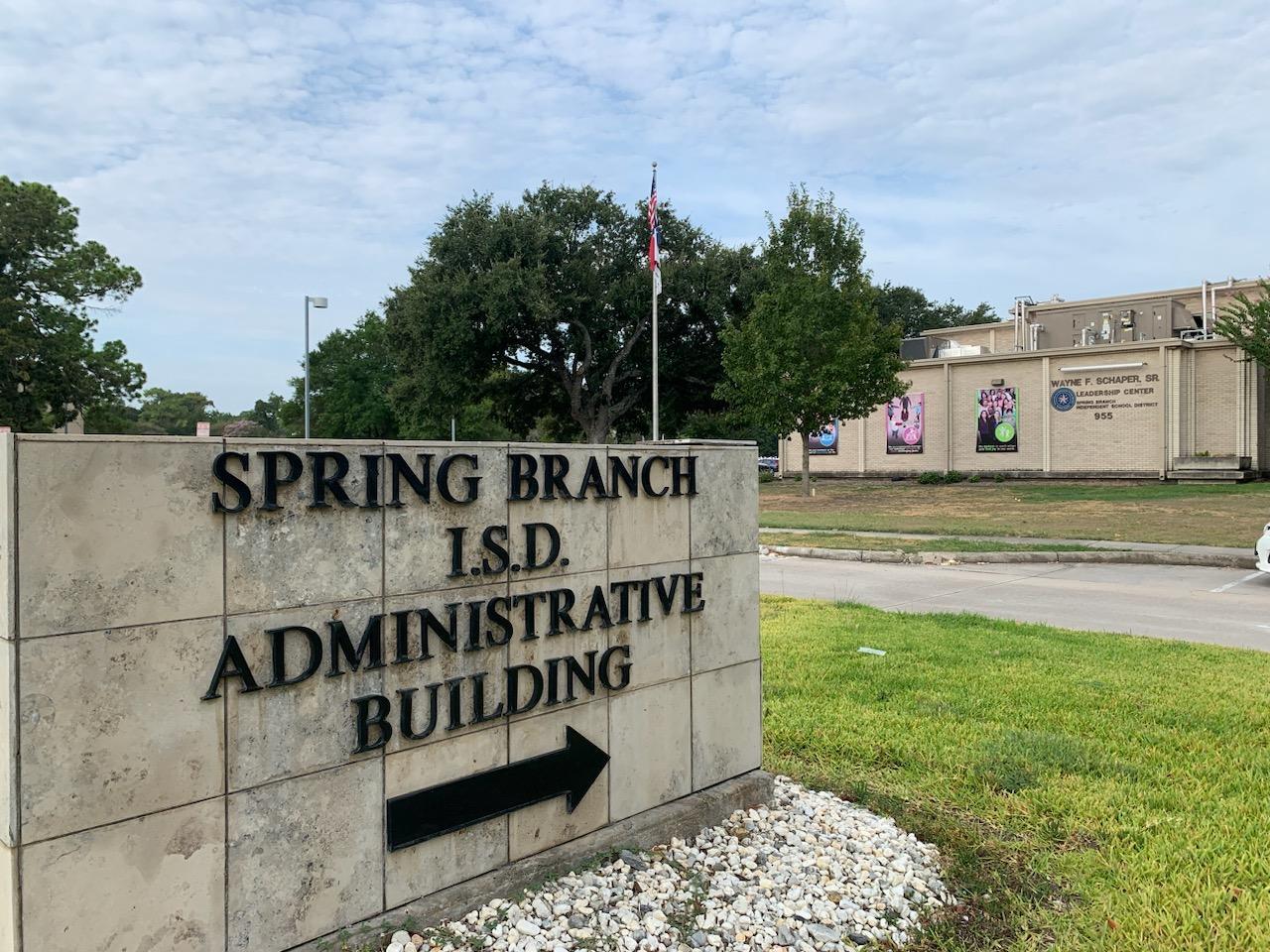Introduction to the Case
The Supreme Court is currently hearing a case that could have significant implications for the Voting Rights Act of 1965. This case, Louisiana v. Callais, is related to alleged discrimination in Louisiana’s congressional redistricting and could potentially affect how electoral maps are drawn at every level of government across the country.
Background of Elizondo v. Spring Branch ISD
In June 2021, a lawsuit was filed by Virginia Elizondo, a two-time school board candidate, against Spring Branch ISD. The lawsuit alleged that the district was violating the Voting Rights Act of 1965 by underrepresenting the Hispanic community on the school board. Despite making up approximately 59% of the student body in 2021, the Hispanic community was not adequately represented on the school board compared to the white community, which accounted for about 27% of the student population at the time.
Ruling in Elizondo v. Spring Branch ISD
In April, Judge Sim Lake issued an order outlining that the district had violated the Voting Rights Act with the way its trustees have been elected. The district’s system for electing trustees was found to violate Section 2 of the Voting Rights Act, which prohibits voter dilution. On August 6, Lake issued a final judgment in the case, ordering Spring Branch ISD to implement a plan for seven single-member districts in time for the May 2026 school board election.
Appeal and Current Status
Days after the final judgment, Spring Branch ISD appealed the ruling to the 5th U.S. Circuit Court of Appeals. In mid-September, Lake granted a stay on his ruling pending the outcome of the district’s appeal. However, the case is now stuck in limbo after the 5th Circuit Court issued a stay on its ruling pending the Supreme Court’s decision in Louisiana v. Callais.
Connection to Louisiana v. Callais
While the two cases may seem unconnected, they both deal directly with Section 2 of the Voting Rights Act. The Supreme Court’s decision in Louisiana v. Callais could potentially strike down Section 2 altogether or severely hamper its legal effectiveness. Since the crux of the argument made in Elizondo v. Spring Branch ISD is dependent upon Section 2, the outcome of the case is therefore dependent upon the Supreme Court’s ruling.
Potential Implications
The ruling could also affect how electoral maps are drawn at every level of government across the country, potentially upending efforts to prevent racial gerrymandering. This could have significant implications for the 2026 midterm elections, as both Democrats and Republicans continue their efforts to redistrict state congressional maps for a political advantage.
Conclusion
The outcome of the Louisiana v. Callais case is highly anticipated and could have far-reaching consequences for the Voting Rights Act and electoral maps across the country. The Supreme Court’s decision could potentially change the way Spring Branch ISD’s school board is elected and could impact efforts to prevent racial gerrymandering. It may be next year before the Supreme Court rules in the Louisiana v. Callais case, leaving the fate of Elizondo v. Spring Branch ISD hanging in the balance.




